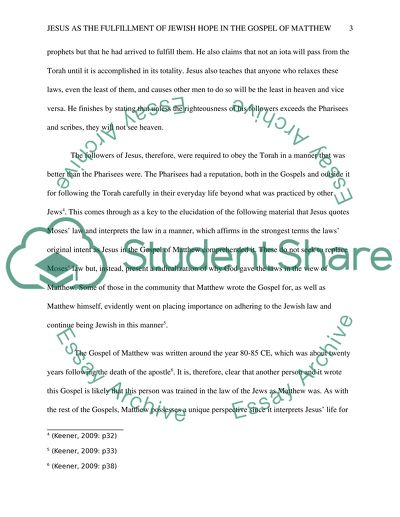Cite this document
(“How is Jesus described in Matthew's Gospel as the fulfillment of Essay”, n.d.)
Retrieved from https://studentshare.org/religion-and-theology/1479259-how-is-jesus-described-in-matthew-s-gospel-as-the
Retrieved from https://studentshare.org/religion-and-theology/1479259-how-is-jesus-described-in-matthew-s-gospel-as-the
(How Is Jesus Described in Matthew'S Gospel As the Fulfillment of Essay)
https://studentshare.org/religion-and-theology/1479259-how-is-jesus-described-in-matthew-s-gospel-as-the.
https://studentshare.org/religion-and-theology/1479259-how-is-jesus-described-in-matthew-s-gospel-as-the.
“How Is Jesus Described in Matthew'S Gospel As the Fulfillment of Essay”, n.d. https://studentshare.org/religion-and-theology/1479259-how-is-jesus-described-in-matthew-s-gospel-as-the.


